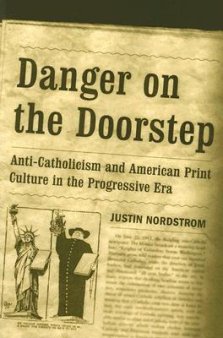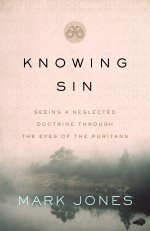From 1910 to the end of World War I, American society witnessed a tremendous outpouring of books, pamphlets, and especially newspapers espousing virulently anti-Catholic themes and calling on readers to recognize the danger of Catholicism to the American republic. By 1915 the most popular anti-Catholic newspaper, The Menace, boasted over 1.6 million weekly readers. Justin Nordstrom's Danger on the Doorstep examines for the first time the rise and abrupt decline of anti-Catholic literature during the Progressive Era, as well as the issues and motivations that informed anti-Catholic writers and their "Romanist" opponents.
Nordstrom explores the connection between anti-Catholicism and nationalism from 1910-1919. He argues that the anti-Catholic literature that occupied such a prominent place in the cultural landscape derived its popularity by infusing long-standing anti-Catholic traditions with the emerging themes of progressivism, masculinity, and nationalism. Nordstrom demonstrates that in the pages of anti-Catholic texts, Catholicism emerged as a manifestation of and a scapegoat for the dangers of modernity--including rampant urbanization, immigration, political corruption, and the proliferation of power conglomerates. Samples of Menace cartoons underscore Nordstrom's arguments.
Danger on the Doorstep also examines Catholics' vigorous and highly-organized responses to journalistic attacks in the 1910s, ranging from lawsuits to widespread public relations campaigns. According to Nordstrom, the unraveling of anti-Catholic print literature by the end of the 1910s and the growing public presence of American Catholicism suggest that Catholic claims to full citizenship had trumped opponents' assertions of conspiracy. This fascinating look at an understudied episode of anti-Catholic radicalism will be of interest to scholars and students of religious history, popular culture, and journalism.
Trustpilot












